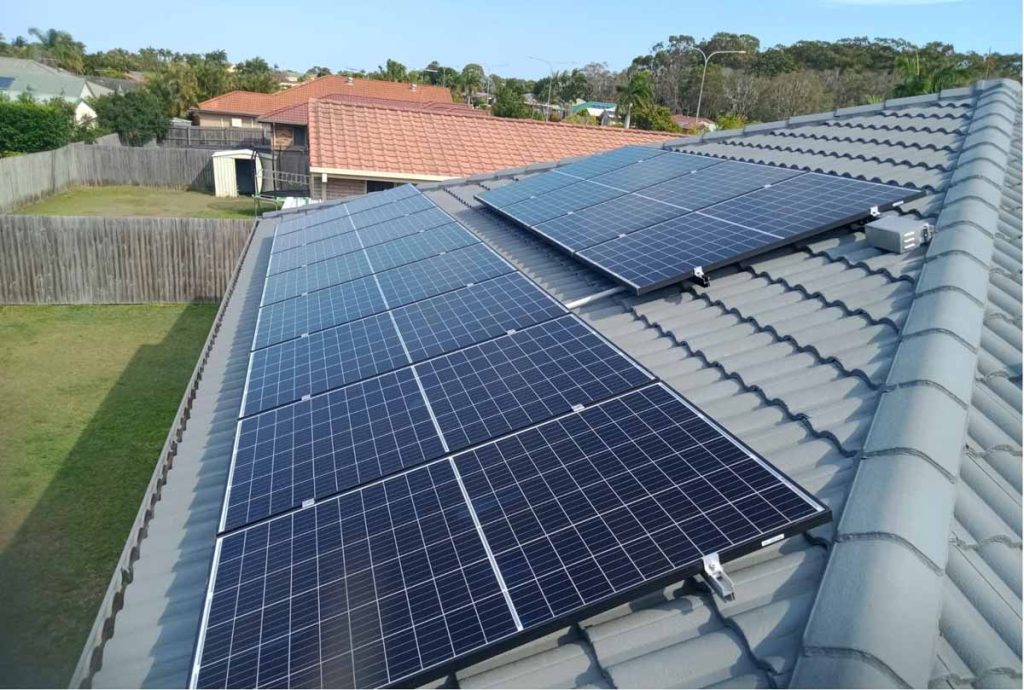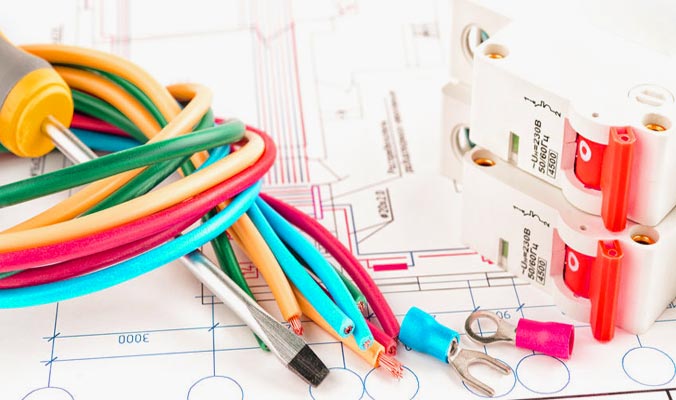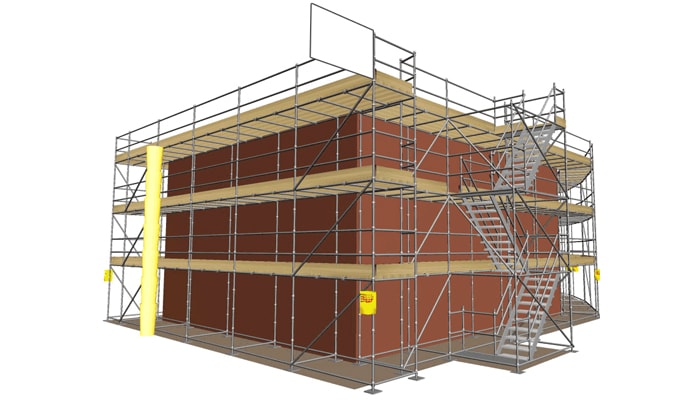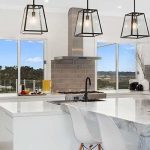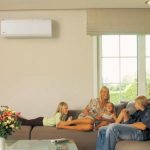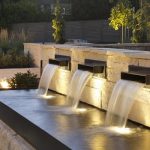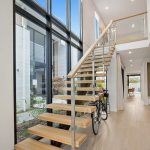Suppose you are planning a home renovation project but are worried about cluttered spaces, disorganisation, and potential damage to your belongings. In that case, there is a solution that will eradicate all of those worries, and it is renting a secure storage facility. Secure storage rental can provide a clutter-free space during your home renovations where you can store anything which you regard as valuable, whether that be in monetary terms or sentimental value.
In this blog post, Brilliance Storage lays out the benefits of renting storage units during home renovations and, more importantly, provides you with tips for the most effective ways of using storage rental during the period renovations take place in your home.
Advantages Of Storage Rental During Your Home Renovation
When planning a home renovation project, one of the biggest challenges is dealing with the clutter that arises. Furniture, appliances, and other items can easily get in the way, making it difficult to work efficiently. This can lead to frustration and stress and can even cause delays in the project timeline. This can be especially so if you have hired contractors who deem your home unsafe to work in due to the existing clutter.
Continue reading “Why Storage Rental Is The Solution To Your Home Renovation Woes”

